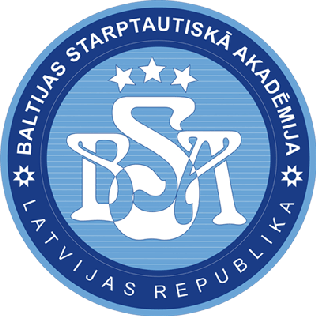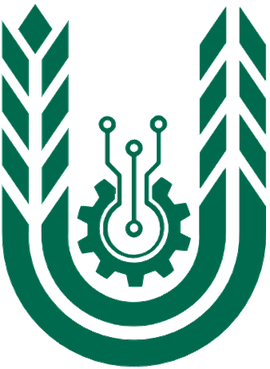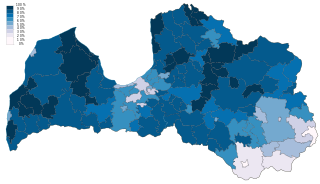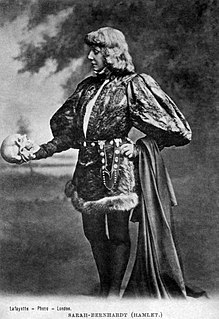
Riga District was an administrative division of Latvia, located in Semigallia and Vidzeme regions, in the centre of the country. The district had the two cities of Riga and Jūrmala with the Gulf of Riga to the north. Beginning from the west and counterclockwise to the east, Riga District had Tukums, Jelgava, Bauska, Ogre, Cēsis and Limbaži former districts as neighbours. The area of the district was 3,058 km² with a population of 159,247.
Vecumnieki is a village and the seat of Vecumnieki municipality, Latvia. Vecumnieki is in the historical region of Zemgale. Vecumnieki is 51 km southeast of Riga city center. The population of Vecumnieki was 2103 as of 2015. The village is just north of the Jelgava-Krustpils railroad.

Jelgava District was an administrative division of Latvia, located in Semigallia region, in the country's centre. It was organized into a city, two municipalities and twelve parishes, each with a local government authority. The administrative centre of the district was Jelgava.

The Švėtė River flows through the Šiauliai and Joniškis districts in the northern part of Lithuania, and the southern part of Latvia. The source of the Švėtė is near Tulominai, about 16 km southeast of Kuršėnai, and the river flows north passing by Žagarė, near the Latvian border. It is a tributary of the Lielupe, joining it 8 km to the northwest of Jelgava. The Lielupe ultimately flows into the Baltic Sea.

The Roman Catholic Diocese of Jelgava is a diocese located in the city of Jelgava in the Ecclesiastical province of Riga in Latvia.

(Latvia)

Ozolnieki Municipality is a municipality in Zemgale, Latvia. The municipality was formed in 2003 by merging Ozolnieki parish and Cena parish; the administrative centre being Ozolnieki. In 2009 municipality absorbed Sidrabene parish, too.

Zaļenieki parish is an administrative unit in the western part of the Jelgava Municipality, Latvia. It borders the Parishes of Glūda, Svēte, Lielplatone, Vilce, Tērvete, and Augstkalne. Rivers Auce, Dorupīte, Eglone, Svēte, and Tērvete flow through Zaļenieki.

Jelgava Municipality is a municipality in Zemgale, Latvia. The municipality was formed in 2009 by merging Eleja parish, Glūda parish, Jaunsvirlauka parish, Lielplatone parish, Līvbērze parish, Platone parish, Sesava parish, Svēte parish, Valgunde parish, Vilce parish, Vircava parish, Zaļenieki parish and Kalnciems town with its countryside territory the administrative centre located in Jelgava city, which is not included in the territory of municipality.

The Iecava is a river in Latvia. Its source is formed from several springs near the village of Daudzese in Jaunjelgava municipality. Its mouth is located 4 km below the town of Jelgava on the Lielupe river.

The Baltic International Academy is the largest degree-awarding tertiary educational institution in Latvia teaching primarily in the Russian language and the largest non-government higher education establishment in the Baltic countries. It was established in 1992 as the Baltic Russian Institute. It adopted its current name in 2006. The academy has its main campus in Riga and has locations in Daugavpils, Liepāja, Rēzekne, Jēkabpils, Ventspils, Smiltene and Jelgava. It has 4,500 students, including 450 foreign students from 15 countries.
Lizete Iesmiņa-Mihelsone was a Latvian actress and opera singer.

The Latvia University of Life Sciences and Technologies is a university in Jelgava, Latvia, specializing in agricultural science, forestry, food technology and related areas.

The Zemgale Olympic Center is a multi-sports complex located in Jelgava, Latvia. It contains many facilities including an athletics field and football stadium, which serves as the home of FK Jelgava and BK Jelgava. The capacity of the football stadium is 1,560.

Eleja is a village in Latvia, center of the Eleja parish in Jelgava municipality. Number of inhabitants - around 800. Located 27 km south from Jelgava it spreads along the A8 highway crossroads with the regional P103 road.

The Cathedral of the Immaculate Virgin Maryor the Cathedral of Our Lady is the cathedral church of the Diocese of Jelgava, is located in Jelgava, Latvia.
Bramberģe was a village in Latvia, in Glūda parish of Jelgava Municipality next to country highway V1059. The village was founded in the 17th century next to the Bramberģe estate.

The Mikhail Chekhov Riga Russian Theatre, colloquially referred to as the Russian Theatre or the RRT, is a Russian-language theatre in Riga, Latvia. It is located on 16 Kaļķu iela, Riga.
Kalnciems Parish is an administrative unit of the Jelgava Municipality, Latvia. It was created in 2010 from the village of Kalnciems and its countryside territory, and is distinct from an earlier parish of the same name.

















